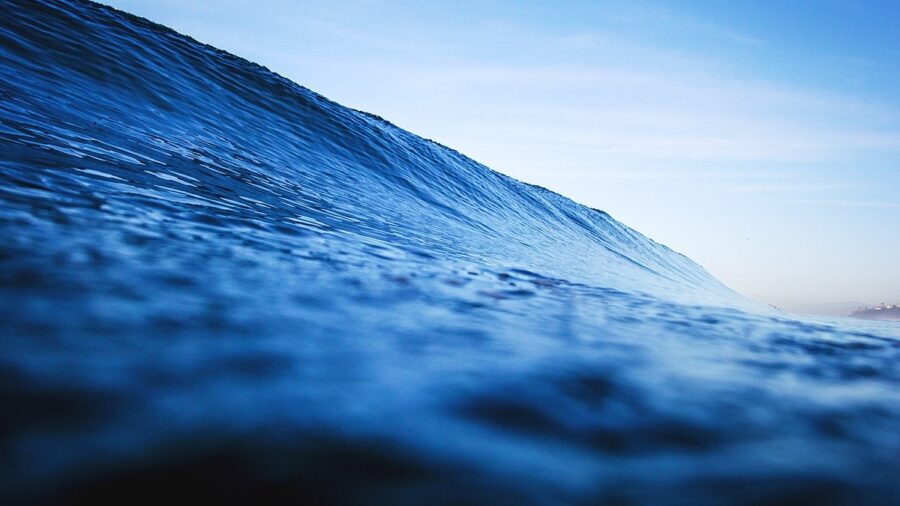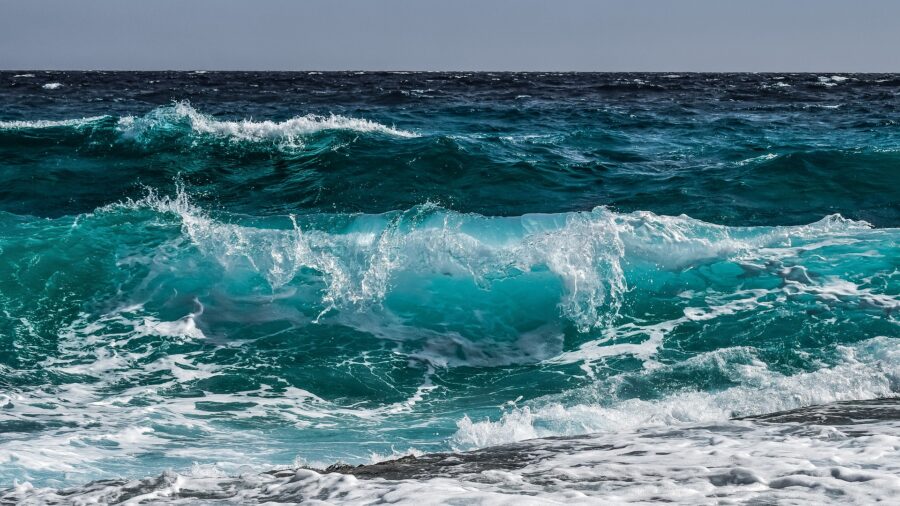The Ocean Has Sprung A Leak And The Consequences Will Be A Disaster
The seafloor of the Pacific Ocean is spewing water, and this could lead to a massive earthquake.

The ocean could be a vast and scary place, and a recent study by the University of Washington has shocking implications in the field of tectonic plate studies. The area in question is the Pacific Northwest, 2.5 miles beneath the ocean floor at a plate boundary that is said to be a fault line that we should keep an eye on. And the concerns that arise from this January 25th Science Advances paper call attention to “water coming out of the seafloor like a fire hose,” which could result in catastrophic earthquakes at ground level.
Co-author of the paper, Evan Solomon, uses an air hockey table as an analog to describe the potentially devastating implications of the mineral-rich water leak. He states that if the water pressure coming from the Pacific Ocean, 50 miles off Newport, Oregon, is high, there will be less friction between the plates. In other words, the two plates can glide gracefully against each other, much like the hockey puck on top of the table.
Conversely, if the water pressure is low, then the opposite is true. Meaning, if this leak continues, there will be too much friction, which will cause the tectonic plates to lock together. And the stress that will build up between the two plates in the Pacific Ocean will mean we have a volatile and highly pressurized fault line, which could lead to massive earthquakes.
This phenomenon has been aptly named Pythia’s Oasis after the ancient Greek Oracle of Delphi, whose “prophecies” were induced by hallucinations due to exposure to gases coming from the hot spring below his temple. In the case of this discovery along the Washington-Oregon margin below the surface of the Pacific Ocean, we’re seeing methane hydrate-encased bubbles rising high above the seafloor.

This is causing alarm for researchers because the Cascadia Subduction Zone fault in the Pacific Ocean is bubbling with an activity that has never been observed before. These gas bubbles were integral in discovering the leak that is causing water to reach temperatures 16 degrees warmer than the surrounding area. Though this 16 degree variant may seem inconsequential, the research suggests that the Cascadia megathrust, where the water is sourced from, is probably reading at temperatures of up to 500 degrees.
In other words, if the water acts as a lubricant between the tectonic plates, then we’re losing this lubricant at an alarming rate. Considering that this leak was first discovered in 2015, it’s been leaking for quite some time, which could ultimately result in a magnitude-9 earthquake that could have devastating effects on Seattle, Portland, and Vancouver. What’s most disturbing about this discovery is that from above the Pacific Ocean, it’s very difficult to trace this kind of leak.
Though if you’re living in the Pacific Northwest, we can give you a little peace of mind if you live near the ocean. While it’s true that this new discovery has some harrowing implications in the form of catastrophic earthquakes, scientists speculate that a natural disaster of this magnitude may not occur for another 50 years. This may not seem like a whole lot of time, but if researchers continue to better understand how tectonic plates work, we may be able to prepare for the worst through continued observation.











